
All categories
Featured selections
Trade Assurance
Buyer Central
Help Center
Get the app
Become a supplier

(74347 products available)
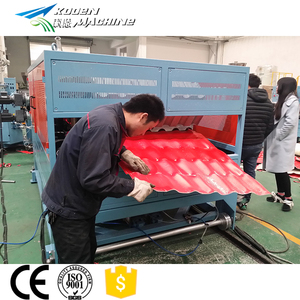

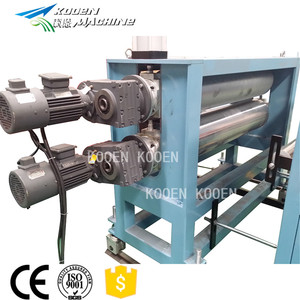
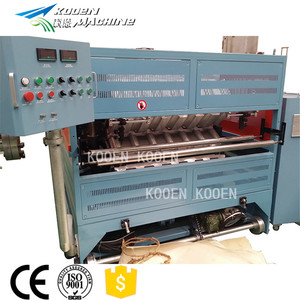







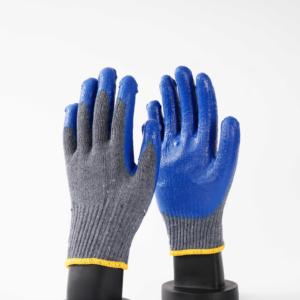

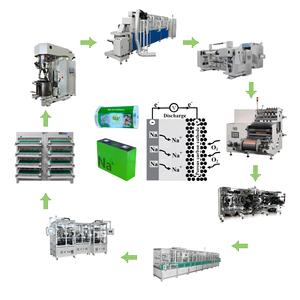

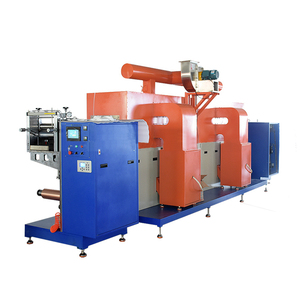
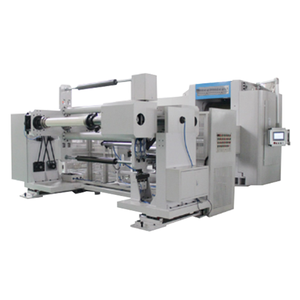







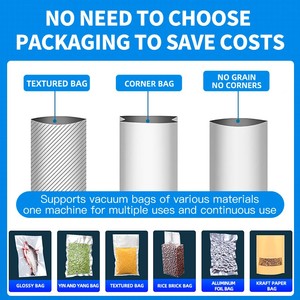


Automated production lines consist of a sequence of machinery and tools to produce end goods at mass-production rates without human interaction. The evolution of the assembly line automation in manufacturing is a significant contributor to modern industry development, and it is now responsible for three-quarters of total product output in the USA. They can be split into six main categories, each of which is explained below:
A frequent specification for an automated production line is the model of the PLC machine that controls the assembly process. Different industries have various requirements in this area. For example, in the textile industry and carpet factories, a commonly used PLC is the Sebstian PLC 62004 Unidrive D2 0.75kw. It enables a seamless interface between computer software and machine functions. Usually, the goals of using a specific PLC are to increase the production line's efficiency and speed and to be able to change assembly instructions with ease.
Another frequent specification in an automated production line is the electrical voltage that machines run on. Machines that use 480-volt production lines are more common in industrial settings. They are suitable for heavy-duty tasks. The 240-volt automated production line is more common in residential areas. It fulfills household requirements like running air-conditioning units and dryers. A 110-volt production line is also used in homes for small machinery like power tools, lamps, and televisions.
More generally, specifications require knowing the main power source of the production line. It can be hydraulic, electric, pneumatic, or manual. An electric assembly line is the most common. Electric motors are the driving force behind production lines. They are easy to install, providing a cost-effective solution. Pneumatic production lines use compressed air to move products. They are less common but are used where clean air pressure is required to avoid contamination. Manual lines are operated by the human workforce. They are used where flexibility, change, and quality control are essential.
Every production line requires proper maintenance to run smoothly and support assembly tasks. Machines need to be lubricated regularly. Lubricants reduce friction between moving parts. Machine manuals provide instructions about the essential specific parts the lubrication needs to be applied to.
Tools are required to perform regular maintenance. These include oil cans, microfiber cloths, mop heads, clean buckets, and belt cleaning brushes. Keeping the automated production line clean is crucial for operating it correctly and extending its lifespan. Manual guides provide cleaning instructions along with product-specific parts to be cleaned.
The more automated a production line is, the more it requires regular software updates. The software defining the workings of the machine may need changes for higher efficiency. With new software versions, the system's security improves. The data integrity of the production requirement is also protected when the software is updated periodically.
The application of the automated production line indicates innovations in different industries. Here are some key usage scenarios for various automated production lines:
Food processing industry
Automated production lines help food processing companies efficiently handle high volumes of raw materials, from fruits and vegetables to meat and dairy products, and transform them into processed foods with longer shelf lives.
Textile and garment industry
In the textile and garment industry, automated production lines are used to construct highly durable textiles, including curtains, drapes, and industrial textile products. Such automated production lines enhance productivity, reduce labor costs, and improve accuracy and efficiency.
Building materials industry
The automated production line has become an important production tool in the building materials industry. This includes the glass production line, ceramic production line, cement production line, etc.
Electronics assembly industry
In the electronics assembly industry, automated production lines assist in efficiently and accurately assembling electronic components, such as integrated circuits, single-chip computers, etc., resulting in complex electronic equipment like televisions, computers, and mobile phones.
Whether one is looking for food processing assembly lines or automated production lines for other industries, the following key factors/features/parts must be studied and understood before making a purchasing decision:
Nature of Products Being Handled:
Buyers must first identify the type of products that the production line will be used for. This includes examining the shape, size, weight, and handling requirements of the products. Ultimately, this will determine whether a conveyor system or assembly line is more suitable for the production process.
Flexibility and Scalability:
In the ever-changing market and business dynamics, the production line's flexibility and scalability are very important. Hence, buyers must opt for production lines that can be easily reconfigured or expanded to accommodate new products or changes in production volume.
Integration with Existing Systems:
As stated above, the importance of integration with existing production and automation system components cannot be overemphasized. Hence, buyers must choose production lines that can easily be integrated with other automated systems, such as robotics, conveyor systems, and control interfaces.
Safety Features and Ergonomics:
Production lines often involve complex interactions between machines and human operators. Hence, buyers must consider safety features such as emergency stop buttons, machine guards, and sensors to prevent accidental collisions or injuries.
Maintenance and Support:
It will be helpful to buyers if they opt for production lines that are easy to maintain, with accessible components and well-documented maintenance procedures. It could also help if users chose production lines with suppliers that offer prompt technical assistance and spare parts supply.
Q1: How does an automated production line work?
A1: An automated production line uses machines, robots, and technology to make products without needing many workers. It often has set steps where products move from one task to the next quickly and consistently.
Q2: What are the benefits of an automated production line?
A2: Automated production lines have many benefits. They help to produce more in less time, cut down on mistakes, and ensure that products are the same every time. They also save money in the long run, even though they cost more at the start, and can improve the efficiency of the business.
Q3: Are automated production lines good for small businesses?
A3: Automated production lines are not limited to big businesses only. While they work well for larger companies because of high production needs, small businesses with low production needs can also use them to save on long-term costs.
Q4: Can the automated production line be customized?
A4: Yes, many automated production lines can be customized to fit special business needs. This includes changing the kinds of machines used and adjusting the setup's size, shape, and speed.